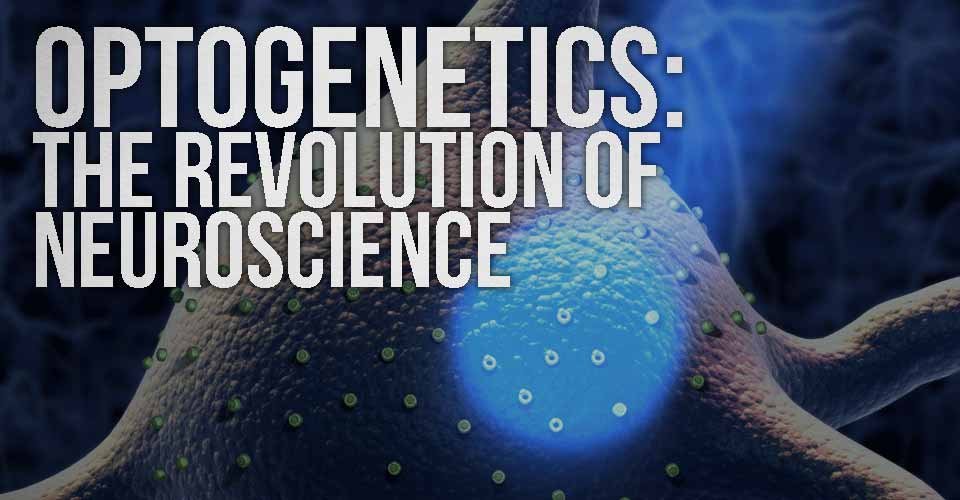
Imagine if there was an “on” and “off” switch that we could flip in our brains to treat conditions like depression or chronic pain. As simple of a solution as that sounds like, the science of optogenetics has the ability to do just that. For the last 10 years, the development of optogenetics has shown that there is a lot of potential for treatments of many conditions, and the technique is moving toward human trials. According to neuroscientist Robert Gereau of Washington University in Saint Louis, “Optogenetics is not just a flash in the pan. It allows us to do experiments that were not doable before. This is a true game changer like few other techniques in science.”
Buy an “Intelligence is sexy” t-shirt!
How it Works
The neurons in our body work by passing electrical signals. The passing of these signals is done by protein-based ion channels known as opsins. Our neurons contain hundreds of different ion channels, but opsins are unique in the fact that they respond to light. Essentially, you can open or close a neuron’s ability to send or receive these opsins by exposing it to a burst of light.
Application
RetroSense, a Michigan-based medical company, is developing a form of optogenetics to treat a genetic condition that causes blindness. Using genetically modified opsins called channelrhodopsins, researchers have been able to open neurons to allow the ion channels to enter the cells when exposed to blue light. Allowing these cells to open to positively charged ion channels allows them to pass on the electrical signal. They can also use negatively charged ions to close a neuron, turning it off. Closing a neuron could treat conditions like chronic pain.
The Drawbacks
One of the hurdles for optogenetics has been the fact that to make them work the patient has to go through a fairly invasive procedure. First, they must undergo genetic engineering to insert the opsins into their neurons, which is much easier said than done. Once that is done, the patient would have to undergo a procedure to insert a fiber optic cable into their brains to activate the opsins. The initial light source devices have been rigid and would be damaged from the normal wear and tear of being worn by an active person.
Possible Solutions to the Problems
With advancements in technology, the problem of the fiber optic cable has been solved by creating more flexible sources for the light that are less likely to receive damage from being worn. The problem of introducing the opsins to neurons has been solved by using a modified virus to inject neurons with genetic material containing the opsins. Gene therapy utilizing viruses isn’t a new practice.
The Potential
The combination of a viral introduction of the opsins and more practical light sources has lead to breakthroughs in optogenetics. Scott Delp, a neuroscientist at Stanford, says, “Two weeks after a single injection of virus containing a gene for an inhibitory opsin into the peripheral nerve, we see robust expression of opsin in neurons all the way down to the skin. All we have to do is illuminate the skin and we can suppress painful touch and heat sensitivity—a major symptomatic problem in humans with chronic pain.” The process of closing a neuron is much easier than the process to open a neuron. As new light emitting devices are developed and the viral injection techniques are refined, the potential to flip neurons on and off like a switch may be a reality in the next few years.


